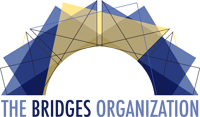We’ll be adding more invited speakers throughout the winter snd spring, so check back here for updates!
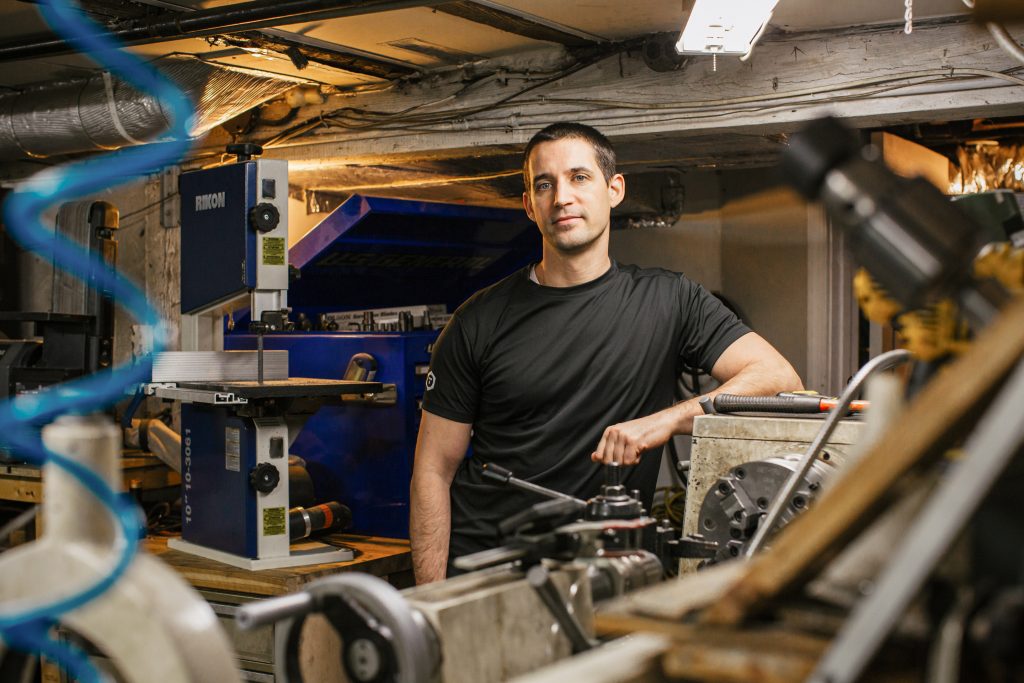
Chris Bathgate (Instagram)
Baltimore, Maryland, USA
Chris Bathgate is a self-taught machinist and machine builder. He has spent over two decades building and modifying a variety of metalworking tools and automated machinery to create intricately machined metal sculptures that defy easy classification.
His works are fundamentally engineered, every detail methodically designed from the ground up. They illustrate that creativity alone does not drive human imagination, but that inspiration comes from the need to overcome technical challenges. By combining the math and logistics of modern machine work with an emotive problem-solving ethic, the artist bends the constraints of his medium to an aesthetic that plays on ideas of utility and ambiguous design intent. The result is precise and other worldly art objects that exude a creative logic all their own.
Chris is author of the book The Machinist Sculptor: Industry Meets Craft, which explores the history of Machine work and its evolving status as a fine art craft, through the lens of his pioneering sculpture practice. It serves as a contemporary reflection on the modern state of craft, and a historical corrective to the technological dogmas that emerged during the studio craft movements of the 20th century.
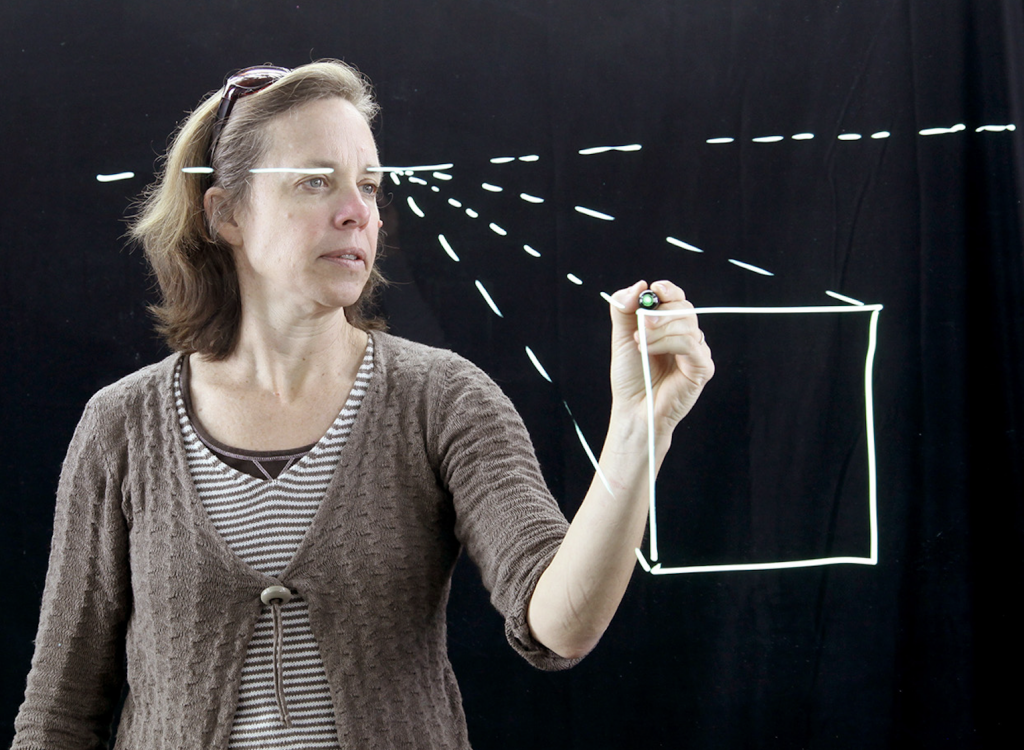
Annalisa Crannell
Franklin & Marshall College
Lancaster, Pennsylvania, USA
Annalisa Crannell is the Carmie L. and Beatrice J. Creitz Emerita Professor of Mathematics at Franklin & Marshall College and recipient of both her college’s and the MAA’s distinguished teaching awards. Her early research was in topological dynamical systems (also known as “Chaos Theory”), but she subsequently became active in working with mathematicians and artists on Projective Geometry applied to Perspective Art. Together with mathematician/artists Marc Frantz and Fumiko Futamura, she is the author of Perspective and Projective Geometry and Viewpoints: Mathematical Perspective and Fractal Geometry in Art. She especially enjoys talking to non-mathematicians who haven’t (yet) learned where the most beautiful aspects of the subject lie.
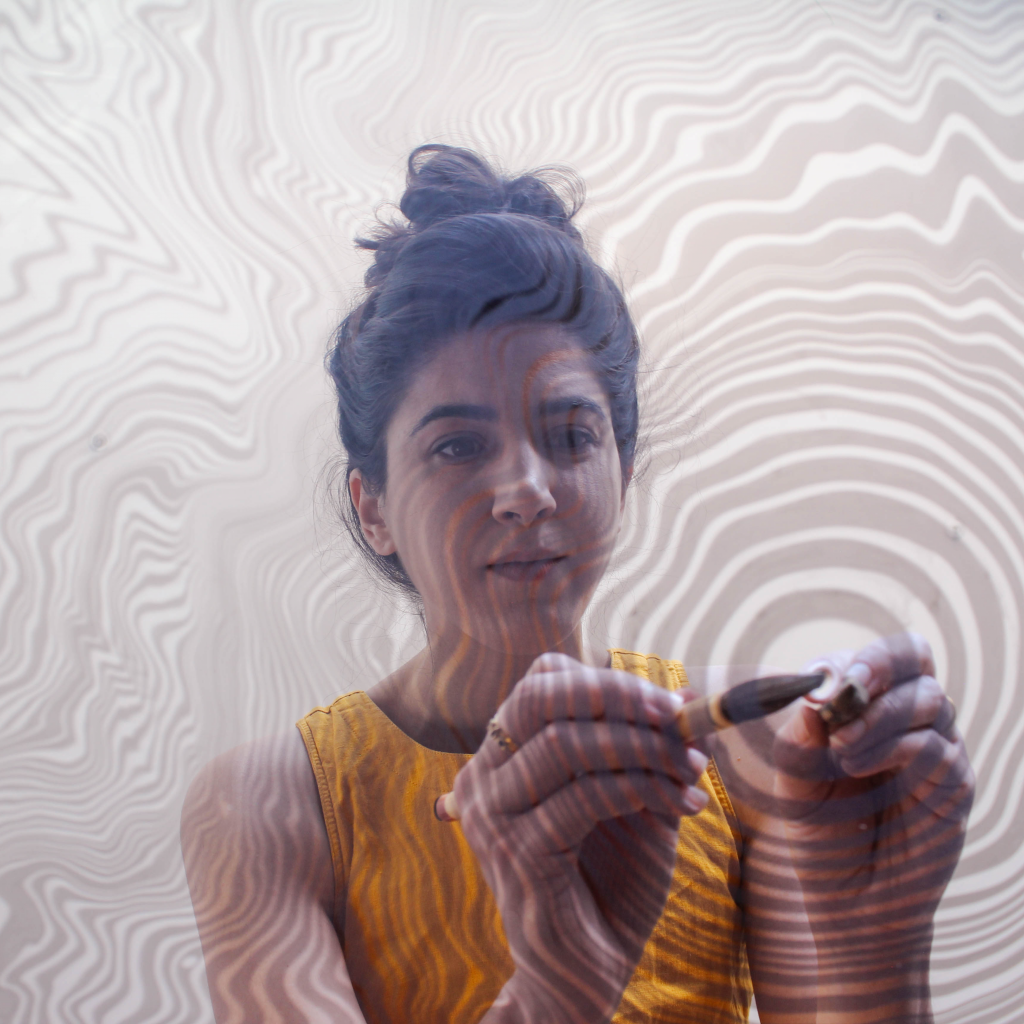
Amanda Ghassaei
Form Finding Studio
Philadelphia, PA
[Amanda’s talk is canceled.]
Amanda Ghassaei is a researcher, computer programmer, and maker based in Philadelphia. Drawing inspiration from natural processes and traditional crafts, she creates computational tools for playfully exploring form and function – often incorporating real-time physics simulations, digital fabrication, and generative design in her work. After nearly a decade of working on creative tools at Adobe Research, MIT, and Autodesk, she recently founded Form Finding Studio, where she is currently working on 3D modeling software inspired by origami with applications in architecture, engineering, and manufacturing. Her work has been featured in a wide range of media outlets, including the New York Times, NPR, and the Wall Street Journal.
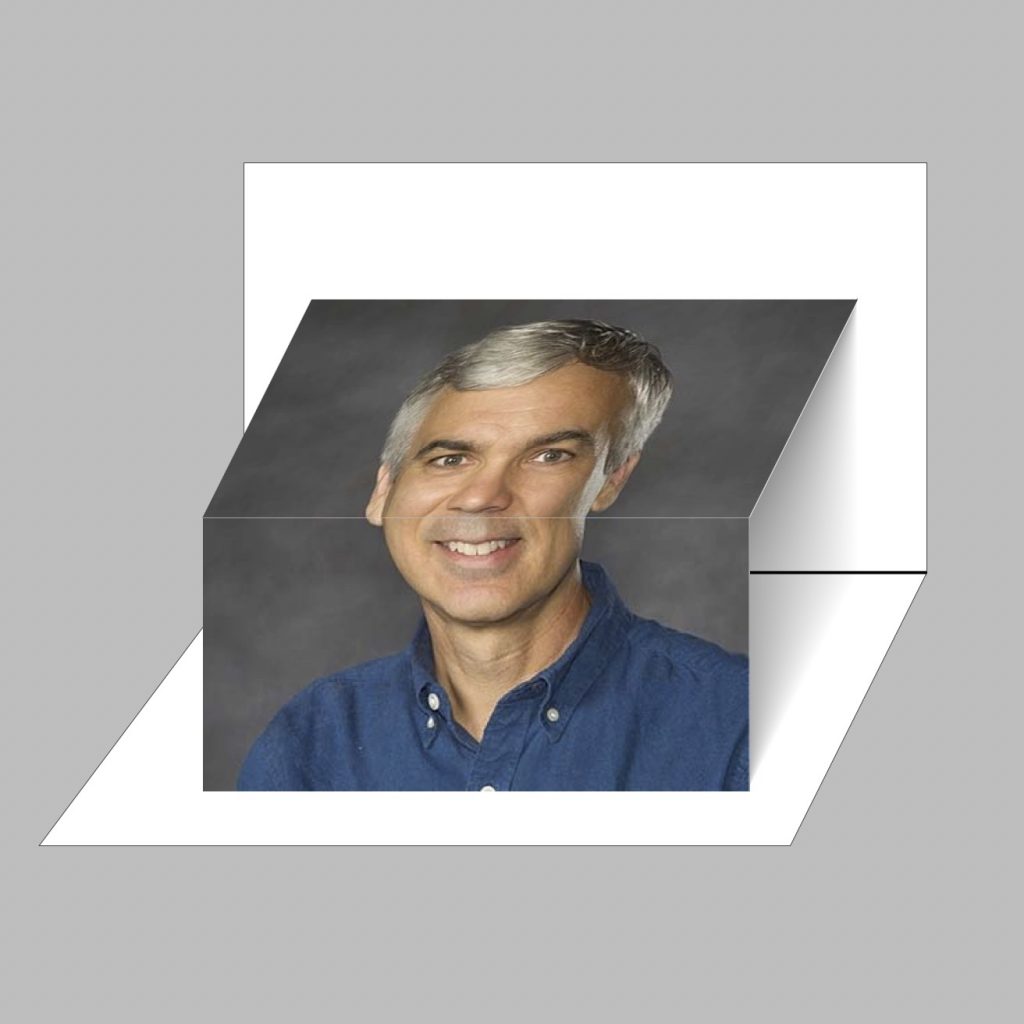
Richard Hammack
Virginia Commonwealth University
Richmond, Virginia
Richard Hammack is a professor of mathematics at Virginia Commonwealth University, specializing in graph theory and combinatorial topology. He is an author and coauthor of several books, and he also enjoys constructing mathematical models and artworks. His latest project is a pop-up book about four-dimensional geometry.
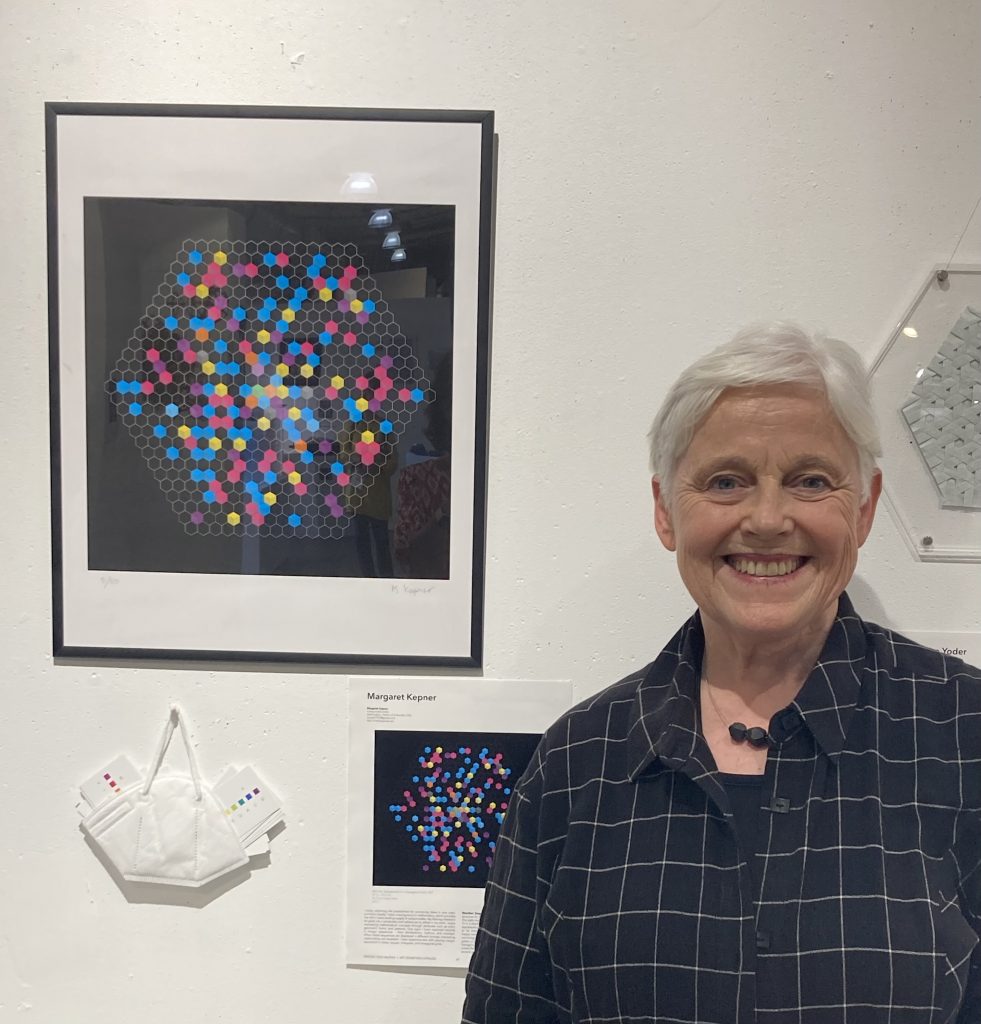
Margaret Kepner
Washington, DC, USA
Margaret Kepner is a mathematical artist, who has been attending Bridges conferences since 2010. Her previous careers have included working as a radio astronomer, a high school mathematics teacher, a computer programmer, and a manager at an international organization in Washington, DC.
Margaret’s current focus as an artist is on expressing mathematical concepts in visual ways, with the goal that the mathematics and the art should complement each other. Topics that she has explored are tessellations, symmetry patterns, combinatorics, edge-matching puzzles, group theory, geometric dissections, shape packing, magic squares, modular systems, and number theory. Some of her artistic influences are traditional quilt patterns, Japanese textiles, and abstract art. She works in a range of media including digital prints, artist’s books, and textiles. She has participated in numerous juried shows, and has presented her work in two solo exhibitions.
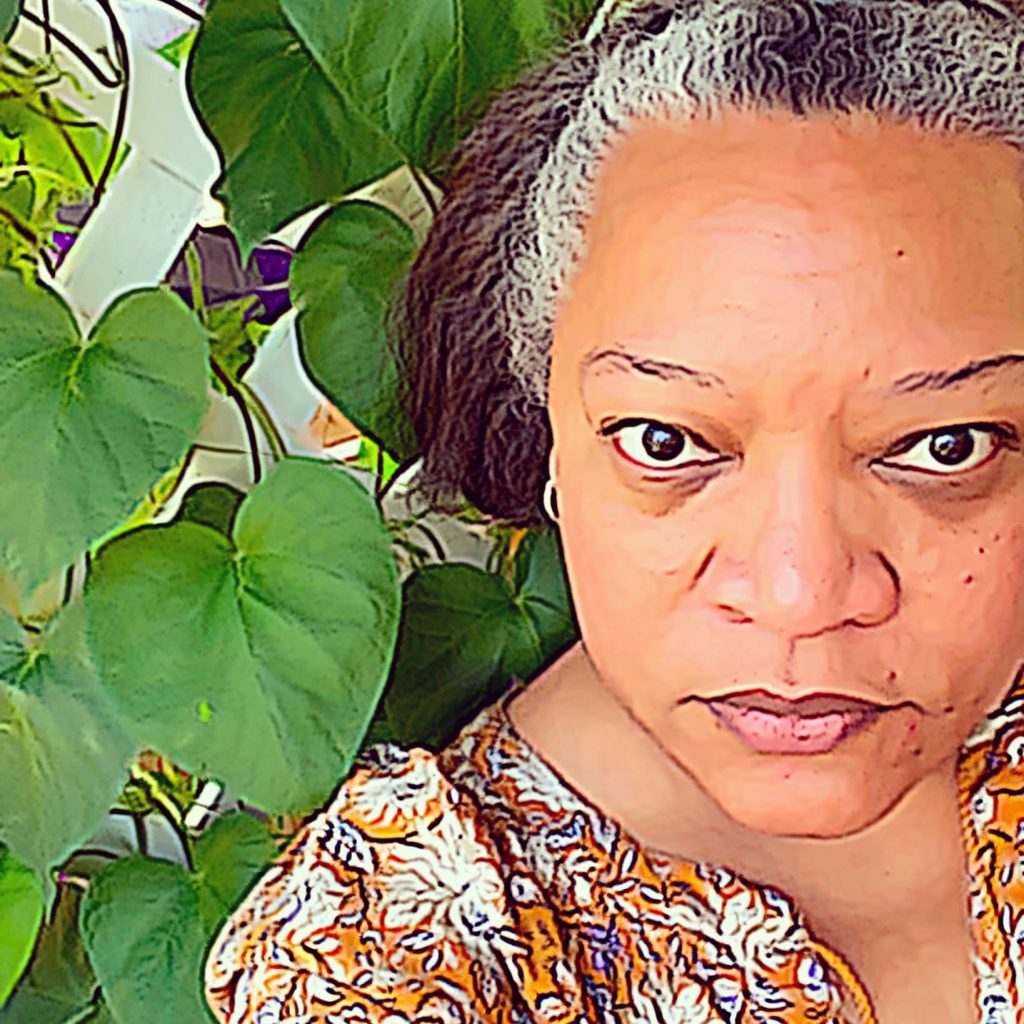
Chawne Kimber
Virginia, USA
Chawne Kimber is a textile artist who stitches quilts and embroidery. Her work has been acquired by foundations and museums across the country, including the Smithsonian Museum of American Art.
Inspired by quilts made by her great grand-mother in the early 1900s, Chawne interprets traditional patchwork forms in an improvisational style–that link to the ancestral works. In a timeless fashion, she reflects on current events and the dimensions of her identity in the quilt form. When she includes text in her work, she does so through carefully crafted, brief “slow poetry.” Chawne asks viewers to grapple with women’s work, gender dynamics, and race in historical and contemporary perspectives.
When not manipulating cotton, Chawne is a dean and a professor of mathematics at a small liberal arts university in the Mid-Atlantic US. She was previously the Thomas Roy and Lura Forrest Jones Professor of Mathematics at Lafayette College.
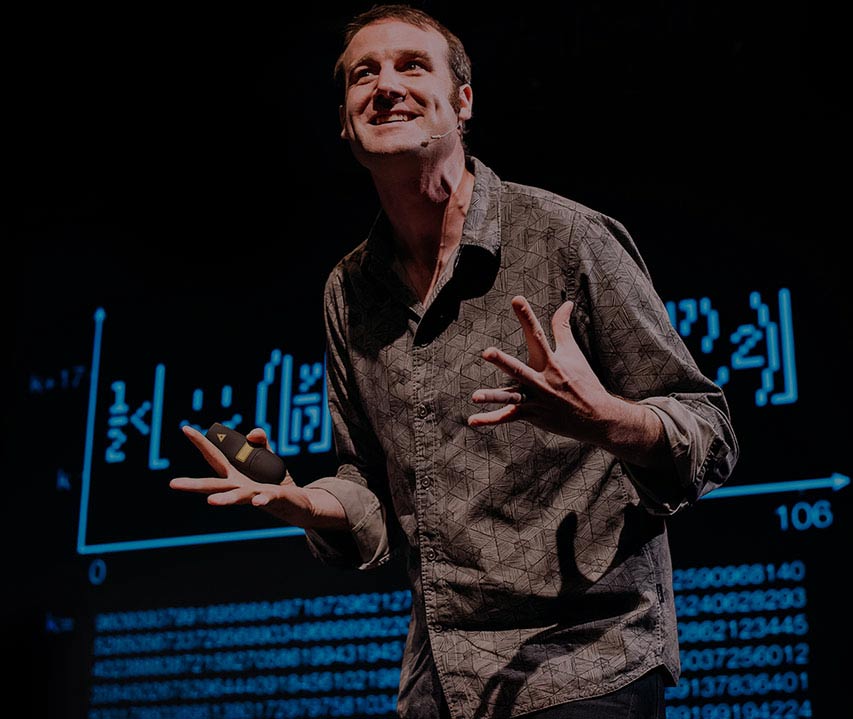
Matt Parker
Standup Mathematician
United Kingdom
Matt Parker is a stand-up comedian, #1-best-selling maths author and person who makes videos for the internet. Originally a maths teacher from Australia, Matt now lives in the UK but travels more than he probably should.
Matt’s YouTube videos have had over 108 views and his new book about trigonometry, Love Triangle, was his second #1 best-seller, which surprised everyone including him.
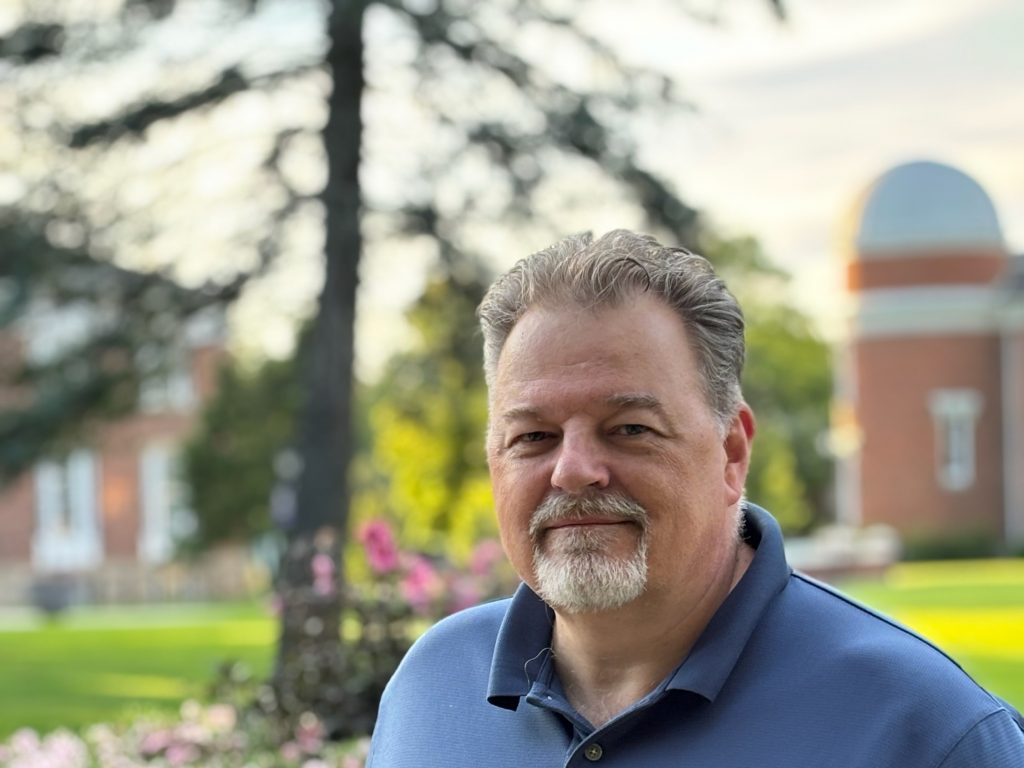
David A. Reimann
Albion College
Albion, Michigan, USA
David Reimann is an artist who shares his lifelong love of mathematics through his visual art. He writes custom software to create digital two-dimensional works and designs for three-dimensional works. In 2023, he had a solo exhibition “Pi and Other Delights” at the National Museum of Mathematics (MoMath) in New York. He is a Professor of Mathematics and Computer Science at Albion College where, in addition to teaching standard courses in mathematics and computer science, he has also taught courses on mathematical art. Prior to joining the faculty of Albion College in 1996, he spent ten years as a medical imaging researcher at Henry Ford Hospital in Detroit. He will be the Visiting Professor for the Public Dissemination of Mathematics at MoMath while on sabbatical during the 2024/25 academic year.
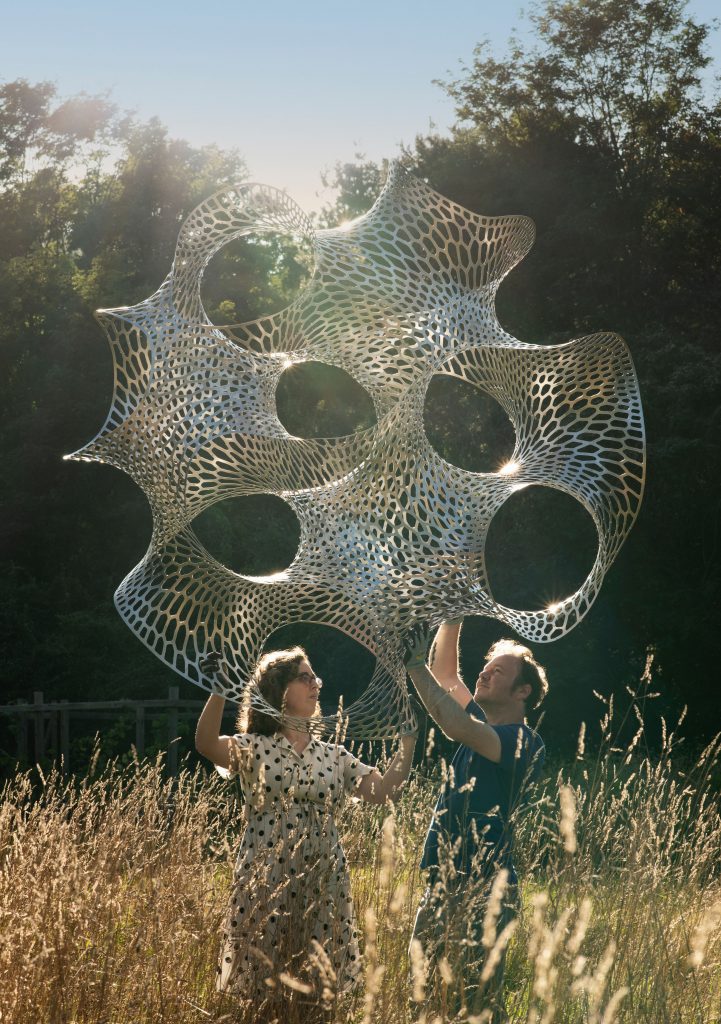
Jessica Rosenkrantz and Jesse Louis-Rosenberg
Nervous System
Palenville, New York, USA
Nervous System is a generative design studio based in the Catskills that works at the intersection of science, art, and technology. Designers Jessica Rosenkrantz and Jesse Louis-Rosenberg employ computer simulation to generate designs and digital fabrication to realize products. Drawing inspiration from natural phenomena, they write computer programs based on processes and patterns found in nature and use those programs to create unique and affordable art, jewelry, and housewares.
Jessica graduated from MIT in 2005 and holds degrees in architecture and biology. Afterwards, she studied architecture at the Harvard Graduate School of Design and taught design at MIT. Jesse studied math at MIT and previously worked at Gehry Technologies in building modeling and design automation. Nervous System’s work has appeared on the cover of Science Magazine and is a part of the permanent collections of the Museum of Modern Art, the Cooper–Hewitt, the Centre Pompidou and Museum of Fine Arts, Boston.
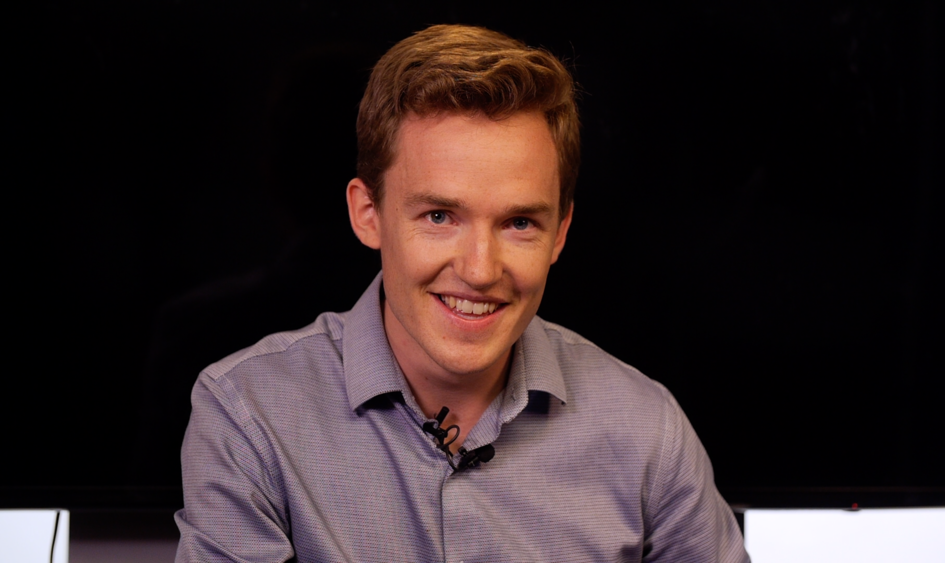
Grant Sanderson
3blue1brown
[Grant’s talk is canceled.]
I studied math and computer science at Stanford, and afterward joined Khan Academy making videos and writing articles about math. Since about 2016, my main focus has been on producing videos for the YouTube channel 3blue1brown. As part of this project, I wrote the open source animation library manim for visualizing many different aspects of mathematics. In those years, I’ve had the pleasure of contributing to a number of different outlets for math exposition, spending a semester lecturing for an MIT course on computational thinking, contributing a Netflix documentary about infinity, writing for Quanta, and collaborating with fellow YouTube educators such as Mark Rober and Numberphile.
